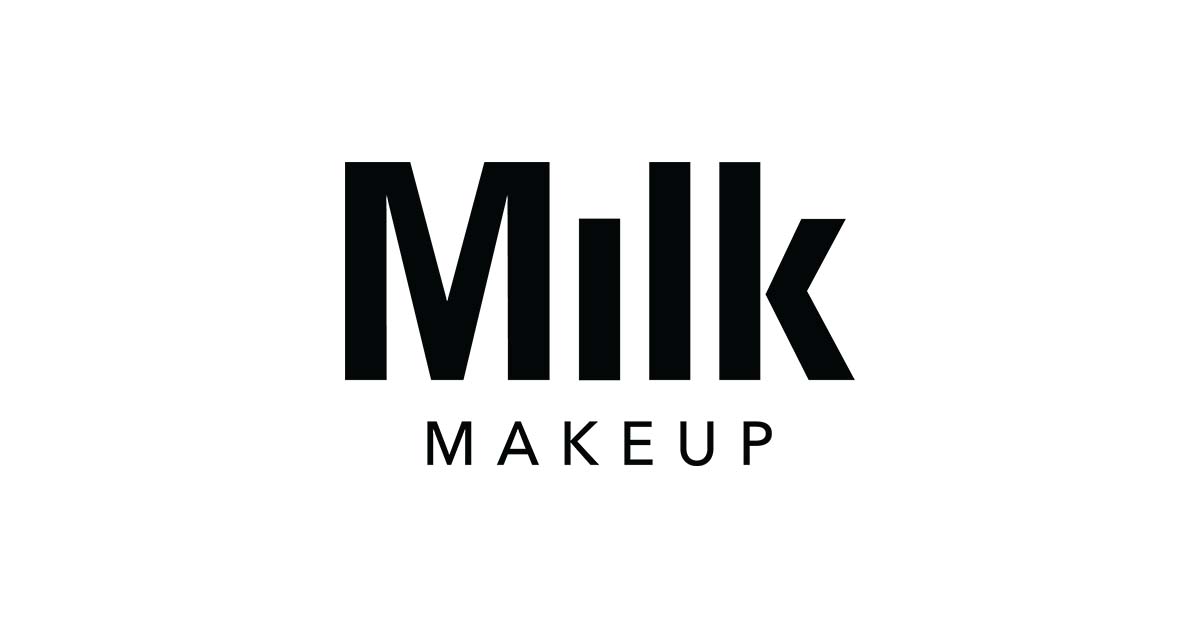Hormone Disruptors: Is Your Skincare Disrupting Your Hormones?

Introduction
Most of us use cosmetic products on a daily basis, but are these disrupting our hormones? Many products we use daily contain ingredients that might be harming our health - that can include moisturizers, serums, toothpaste, deodorants, fragrances, nail polish, make up, hairspray, and so on.
The skin is our largest organ, so if we care about what goes into our bodies, shouldn’t we care about what we put on it?
What are endocrine disruptors?
Endocrine disruptors are chemicals that can interfere with our body's endocrine system, the network responsible for producing and regulating hormones. These disruptors can mimic our natural hormones, block their effects, or alter the normal production and breakdown of hormones in our bodies.
Endocrine disruptors can be found in many of our daily products; including plastics, cosmetics, and cookware.
From affecting reproductive health to influencing the risk of certain diseases, the impact of endocrine disruptors is getting more and more attention. So let’s learn more about them and how we can minimize our exposure to these chemicals.
Guides like this one are an easy way for you to make more informed decisions on what you are buying and the brands you're choosing:

What are the most common endocrine disruptors in skincare?
When it comes to reading product labels, things can get tricky, especially with skincare. So many weird names pop up and it can quickly become overwhelming to know what to look out for, so start by looking out for the following
1. Phthalates
These generally start with B’s and D’s:
- DBP (dibutyl phthalate)
- DINP (diisononyl phthalate)
- BBP (benzyl butyl phthalate)
- BEP (butyl-ethyl phthalate)
- DNOP (di-n-octyl phthalate)
- DEHP (di-2-Ethylhexyl phthalate)
- DMP (dimethyl phthalate)
- DIDP (dodecyl phthalate)
- DEP (diethyl phthalate)
Phthalates are known endocrine-disrupting chemicals. Studies have shown that constant exposure to these chemicals are linked to reproductive issues, including decreased fertility, changes in hormone levels affecting ovarian function, and increased risk of endometriosis. They may also play a role in pregnancy complications and have been associated with altered developmental outcomes in offspring.
2. Parabens
Parabens mimic estrogen and can bind to estrogen receptors on cells, potentially increasing the risk of breast cancer by stimulating the growth of estrogen-receptor-positive breast tumors.
There is also concern about their impact on reproductive functions, possibly leading to reduced fertility and affecting the menstrual cycle. Some examples include propyl-, butyl-, iso-propyl, and iso-butyl parabens.
3. Triclosan
Triclosan can disrupt thyroid hormone-associated gene expression. This disruption can influence metabolism and menstrual cycle regulation. Its impact on thyroid function is particularly concerning for women, given the higher prevalence of thyroid disorders among females. Look out for Triclosan (TSC) and Triclocarban (TCC). Triclosan has raised both health and environmental concerns over time, leading to a stricter regulations but you can still come accross it in cosmetic products, so its always good o keep an eye open.
4. Oxybenzone
Common in sunscreens, oxybenzone can penetrate the skin, enter the bloodstream, and mimic estrogen. It has been linked to lowered birth weight in female infants and may contribute to endometriosis. Oxybenzone’s estrogenic activity raises concerns about its potential to influence hormone-related conditions such as breast cancer. A lot of brands are already oxybenzone-free due to its downsides so this should be a (fairly) easy one to avoid!
5. Synthetic Fragrances
These can contain phthalates among other undisclosed chemicals (there are about 3000 chemicals out there that can be used), potentially leading to hormonal imbalances, reproductive issues, and increased risk of certain cancers. The lack of transparency regarding the specific components of "fragrance" or "parfum" makes it challenging to identify and avoid specific endocrine disruptors.
It's crucial to address the health risks Black women face from beauty and personal care products. The concern is real: many items targeted at Black women contain harmful chemicals. These aren't just any chemicals; they're known to disrupt hormones and pose serious health risks.
Why does this matter more for Black women? The beauty standards and products marketed often demand the use of potent formulas—think hair straighteners and skin lighteners—that carry a higher load of these dangerous ingredients. This isn't just unfair; it's a health hazard.
Here's what you can do: start by becoming label detectives. Knowing which ingredients to avoid is the first step toward safer choices. Opt for brands that value health as much as beauty, ones that are open about what goes into their products. And consider natural alternatives—there are plenty of ways to care for your beauty without compromising our health.
This isn't just about personal choice; it's a call to action for better regulation and safer products.
Changes to make for better hormonal health
Let's face it, completely dodging all the sketchy chemicals in our beauty and hair care products feels like trying to avoid raindrops in a storm—it's pretty darn tough. But here's the thing, it's about cutting down, not cutting out entirely. Let's focus on the stuff we slather on and leave in for hours, like those deep hair conditioners, dyes, and straighteners.
DIY: Your New Best Friend
Turning to DIY solutions offers a safer alternative, putting you in control of what you apply to your body. Tailoring these homemade remedies to your specific skin and hair type allows for personalized care without the unwanted chemicals. This approach not only nurtures your body with natural goodness but also instills a sense of empowerment in managing your health and well-being, plus it can be really cost effective.
Choosing Smarter
Alright, DIY might not always fit into your schedule, and that's okay. The next best thing? Becoming a label-reading ninja. Start giving the side-eye to anything with triclosan, parabens, or phthalates. Brands that are upfront about ditching these nasties and focusing on clean ingredients? They're your new go-tos.
Knowledge Is Power
Arm yourself with info. The more you know about these chemicals and where they like to hide, the easier it is to steer clear. Websites like the Environmental Working Group (EWG) are goldmines for figuring out what products are friend or foe.
Below is an example of the Colgate page where you can see their policy on ingredient safety:

Balancing Act
Let's be real; some products are hard to replace. For those, it's about compromise. Can't find a clean alternative you like? Use it less often or in smaller amounts. It's about reducing exposure, not perfection.
Speak Up, Show Up
Every time you pick a safer product, you're telling the beauty industry what you value. Support the brands that get it right, and don't be shy to ask for better from those that don't.
Cutting down on these chemical buddies isn't just good for you; it's a win for everyone. Small changes, big impact—that's the goal. If you have any brands you can vouch for, feel free to leave them in the comments! Below are two examples of products we use here at Elara Care!






Conclusion
While it might not be realistic to eliminate every harmful chemical from our lives (that is, unfortunately, impossible), making the shift towards natural products and leaning on trusted brands is definitely a step in the right direction. It's about better choices, not perfection. Remember, every small change counts—one step at a time.
References
- https://www.ncbi.nlm.nih.gov/pmc/articles/PMC8834979/
- https://pubmed.ncbi.nlm.nih.gov/33819127/
- https://www.ncbi.nlm.nih.gov/pmc/articles/PMC9391683/
- https://pubmed.ncbi.nlm.nih.gov/35032353/
- https://pubmed.ncbi.nlm.nih.gov/34452695/
- https://www.ncbi.nlm.nih.gov/pmc/articles/PMC9570035/
- https://pubmed.ncbi.nlm.nih.gov/31521814/1.






